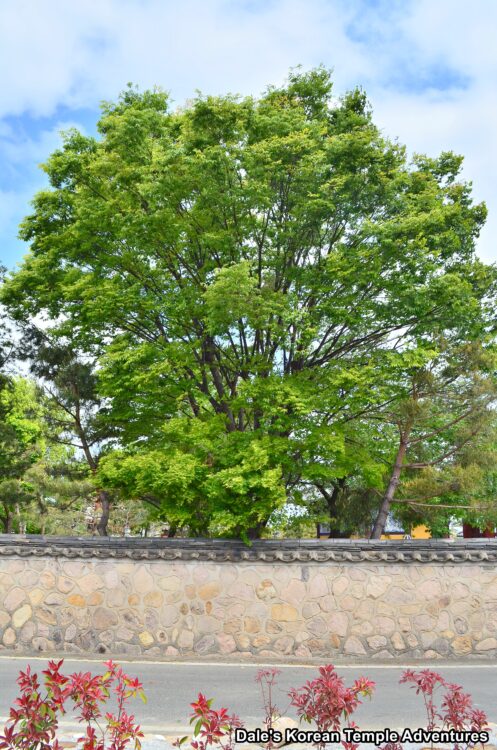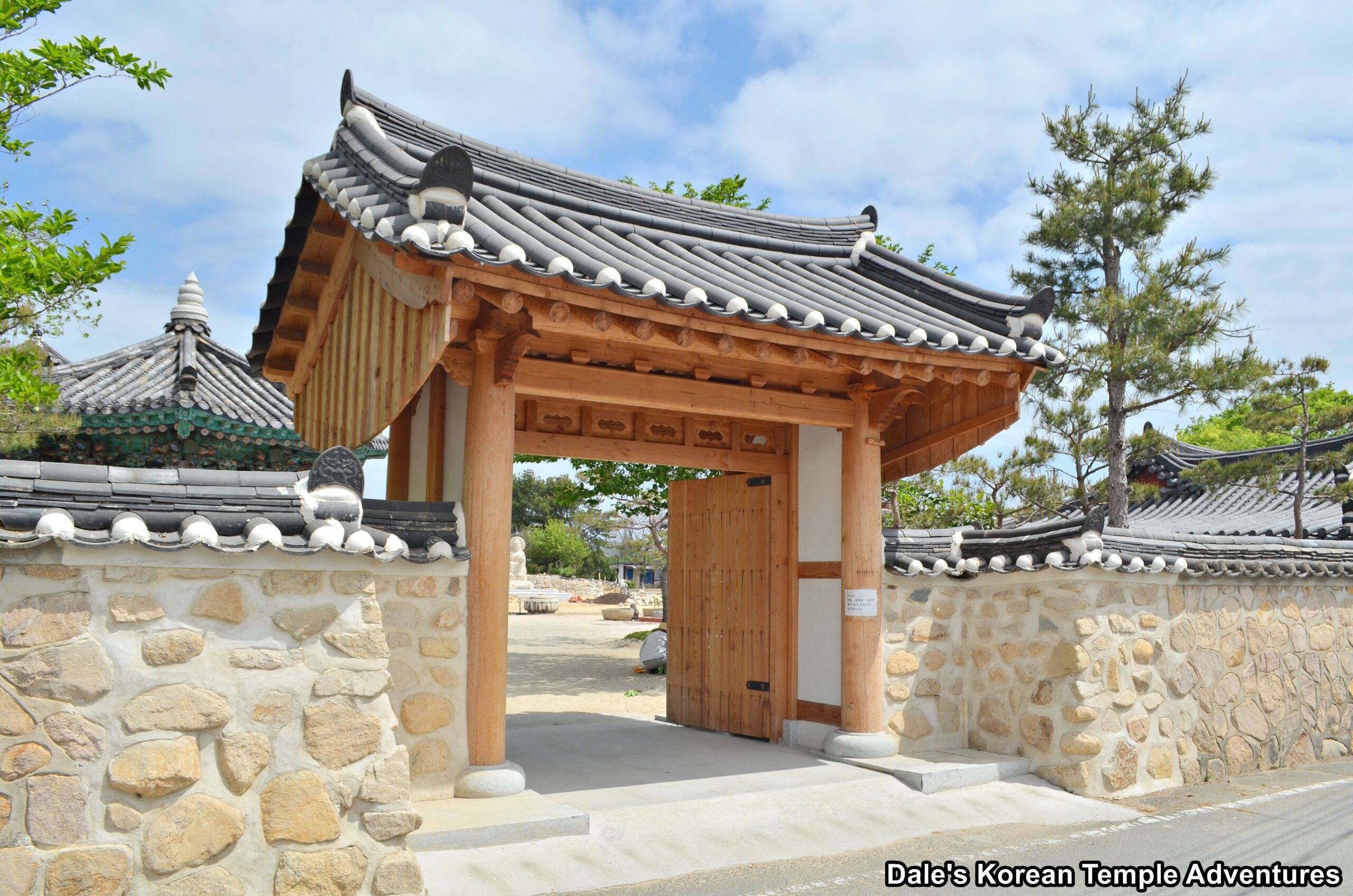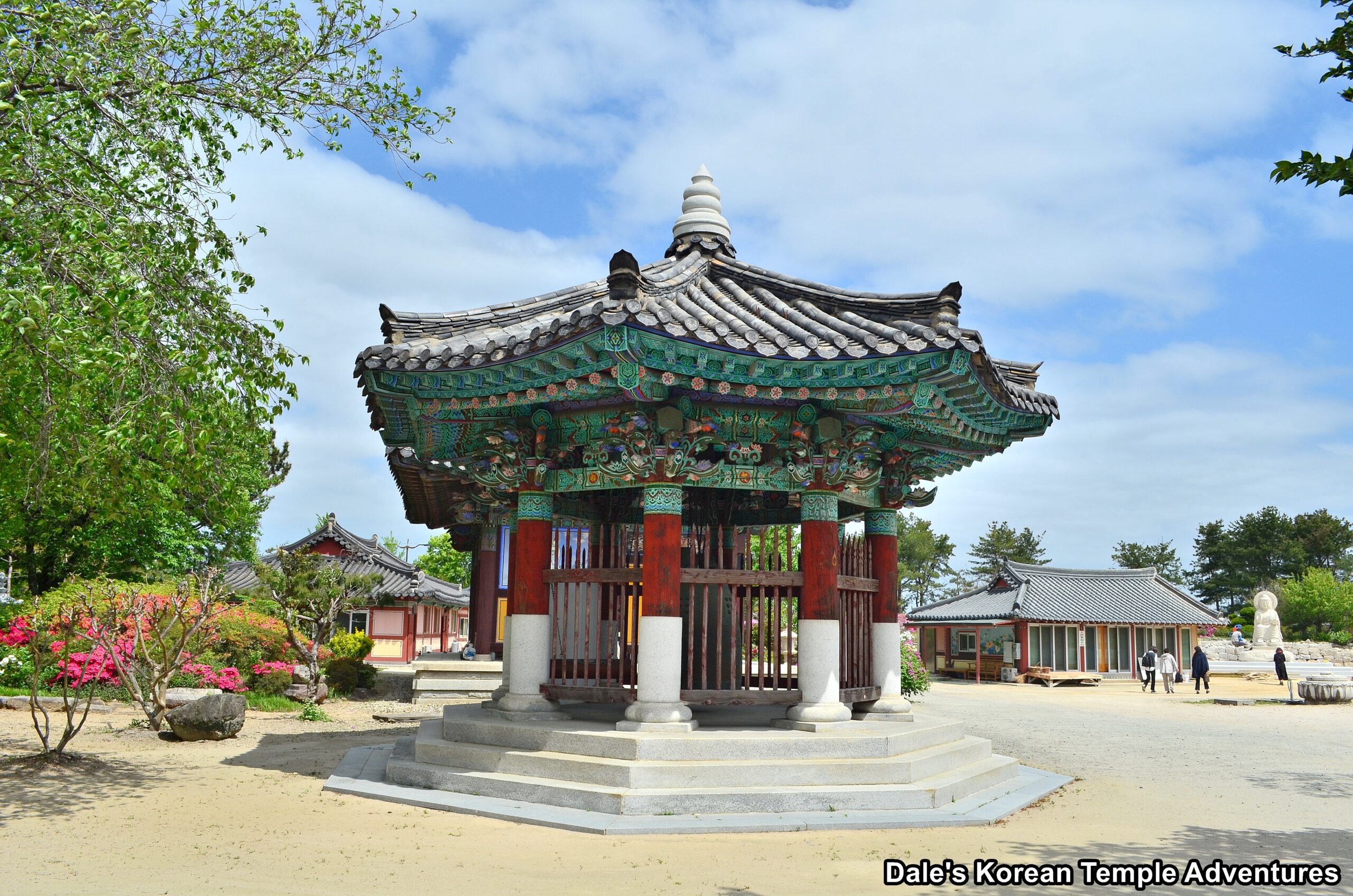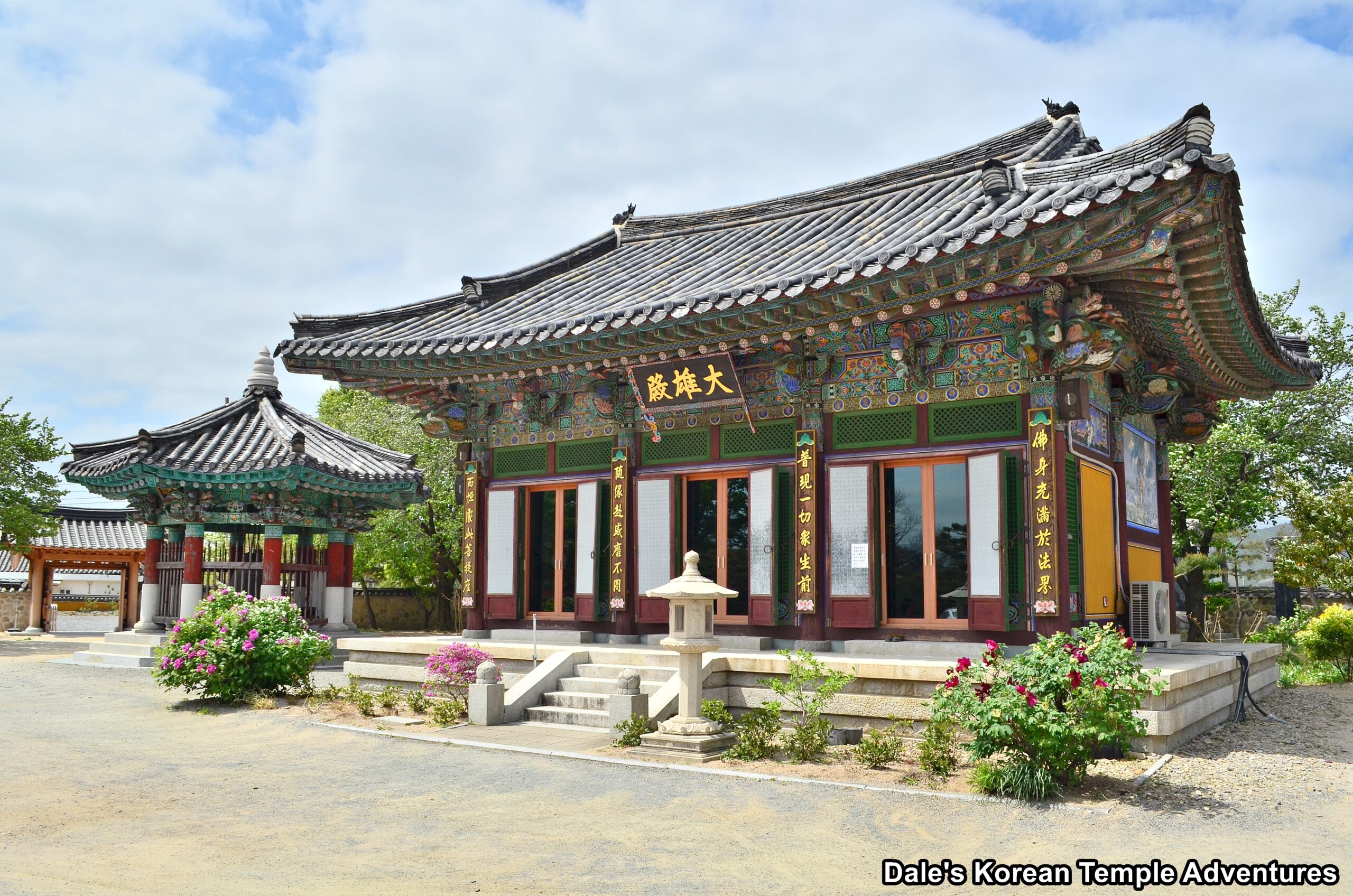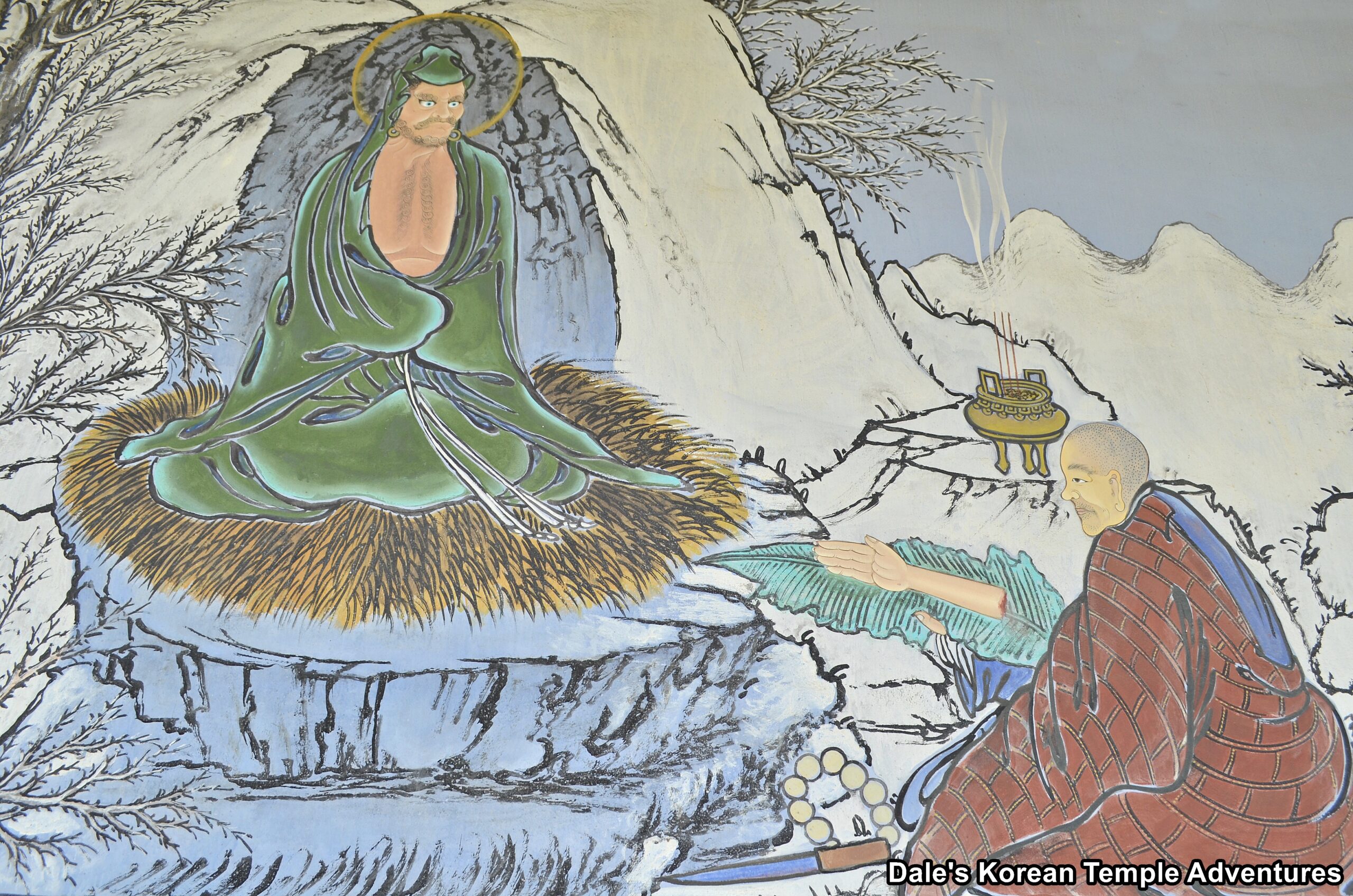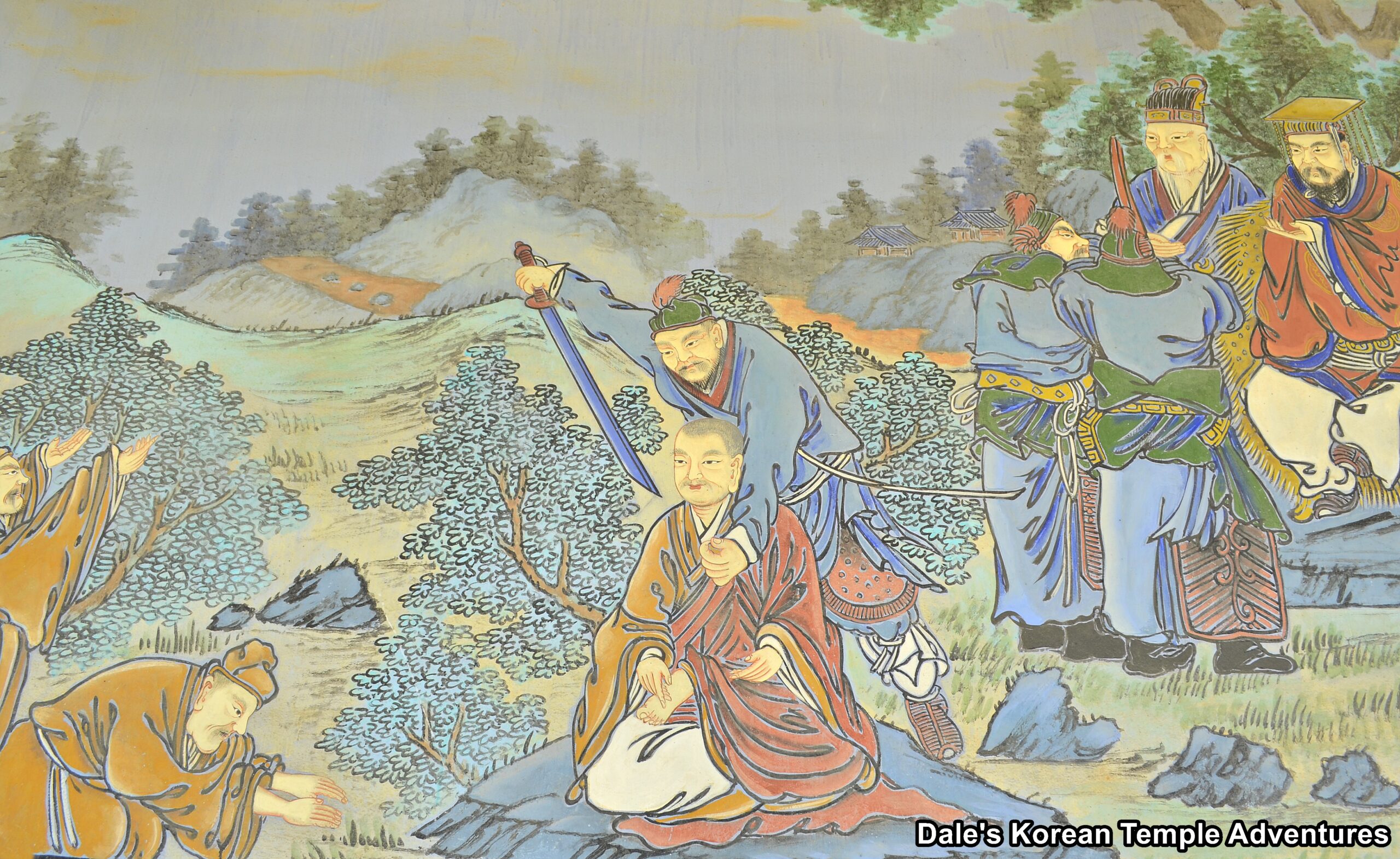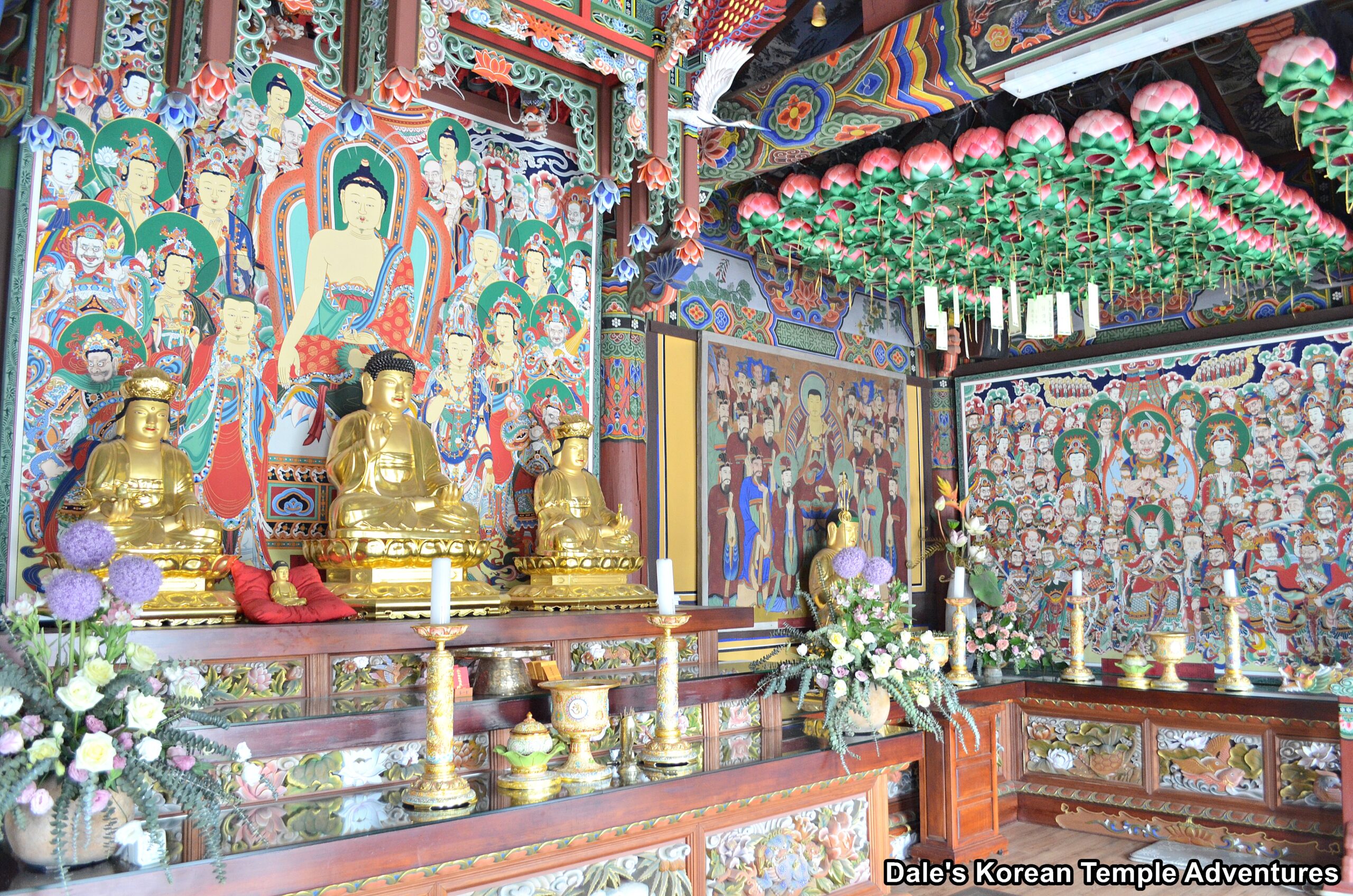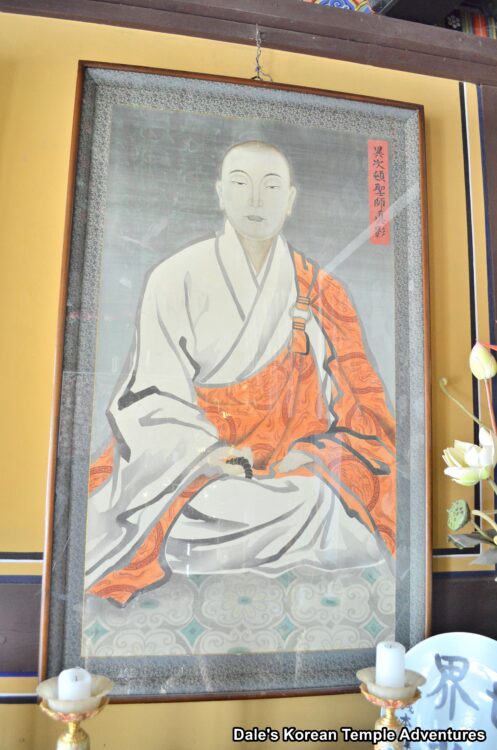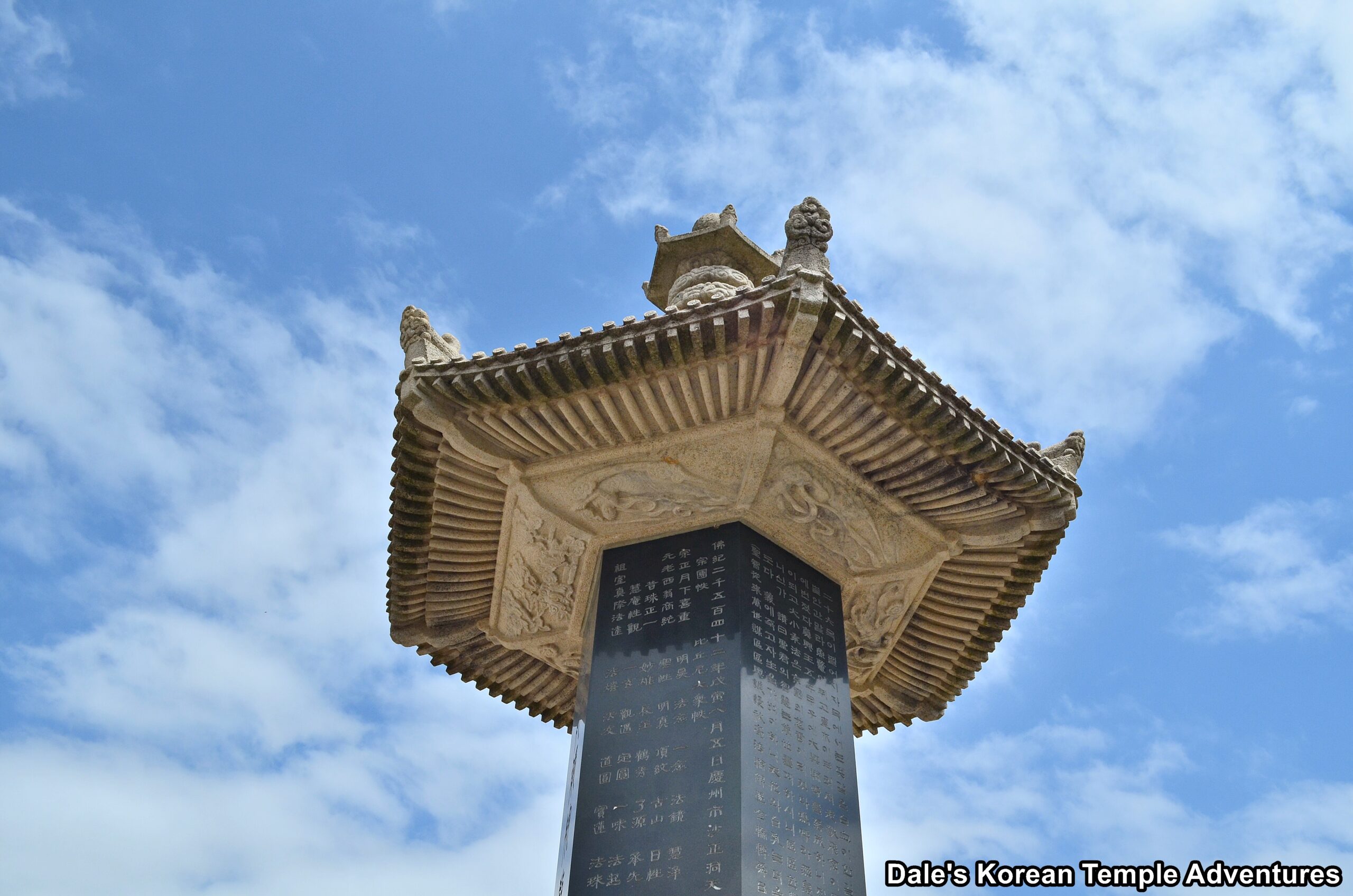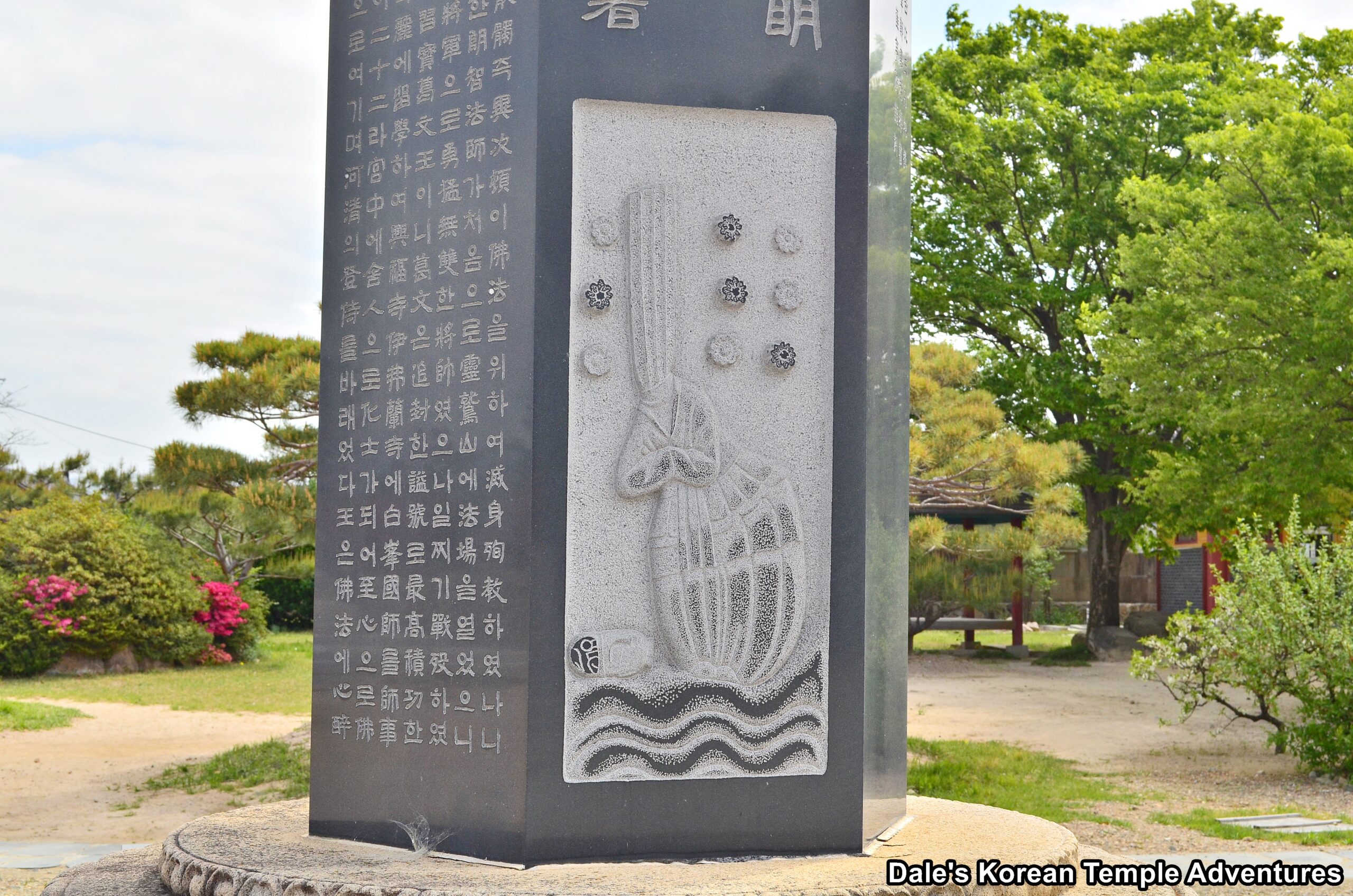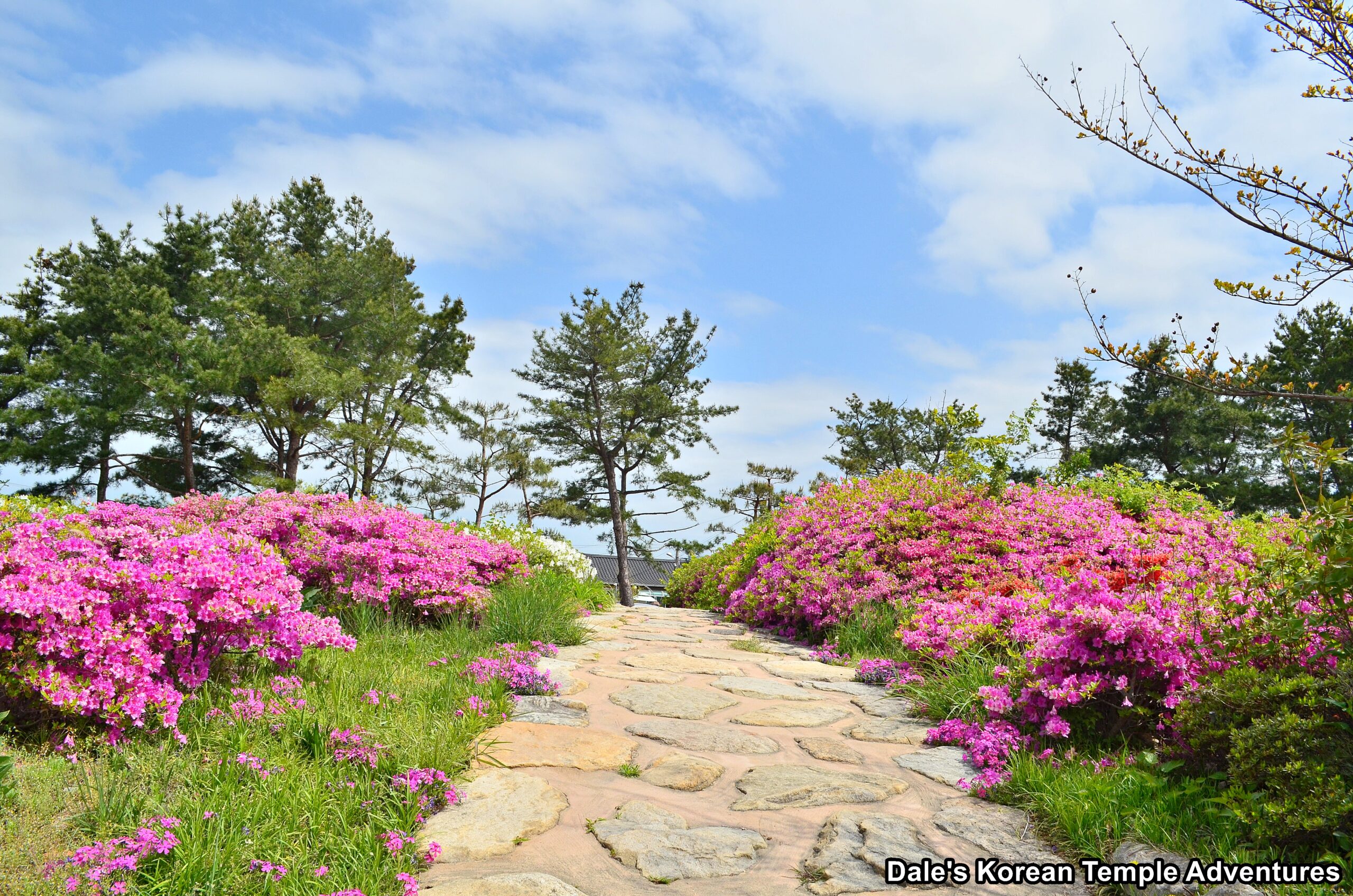Heungnyunsa Temple – 흥륜사 (Gyeongju)
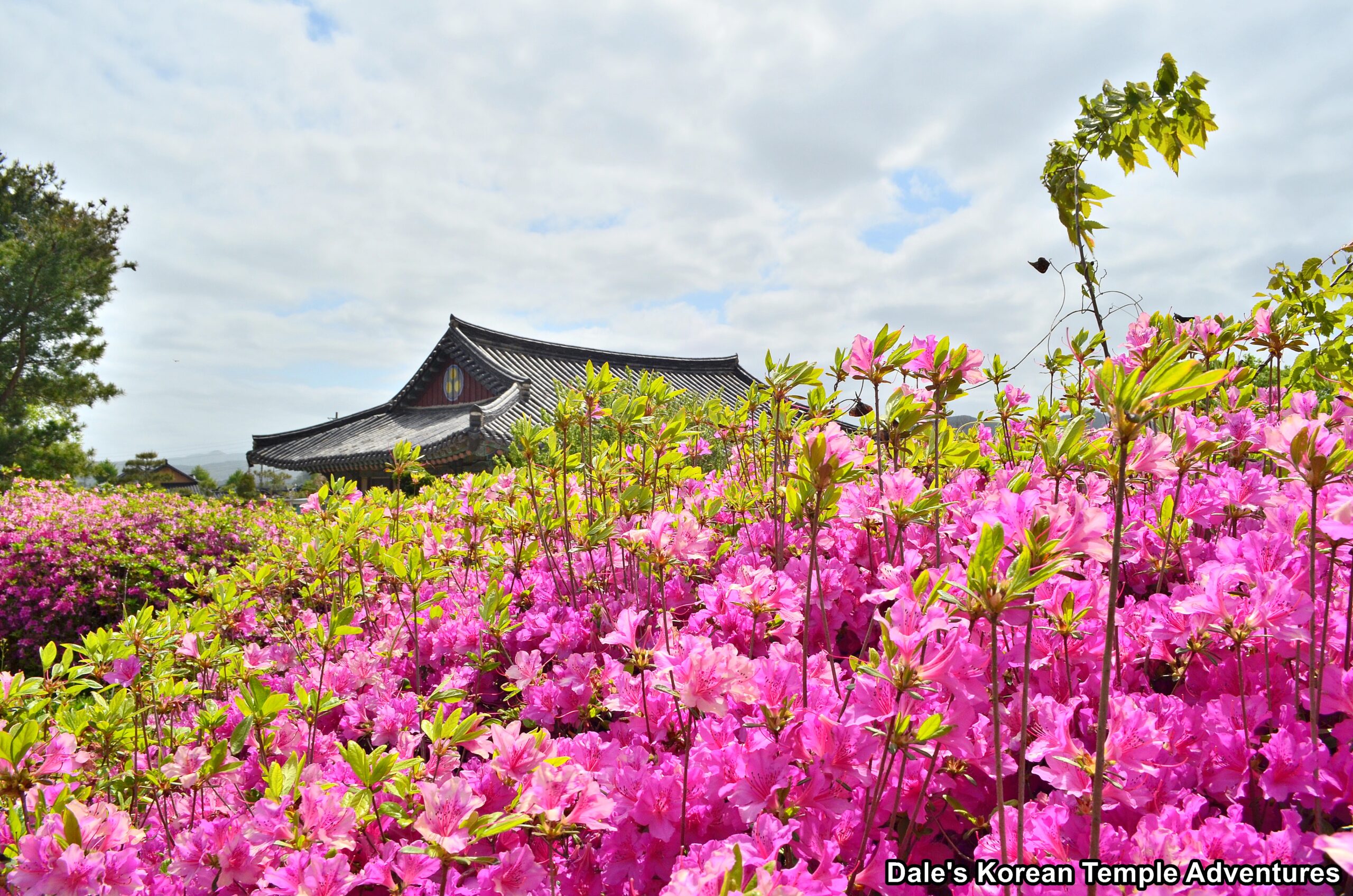
Temple History
Heungnyunsa Temple was first established by the Goguryeo missionary monk Ado-hwasang. Ado-hwasang came to the Silla Kingdom from the Goguryeo Kingdom (37 B.C. – 668 A.D.) to help spread the teachings of Buddhism. Heungnyunsa Temple was originally built as a poor thatched-roof building. Heungnyunsa Temple was later rebuilt as a great temple of the Silla Kingdom after the martyrdom of the monk Ichadon (501-527 A.D.).
Heungnyunsa Temple, which is also known as Heungnyunsa-ji Temple Site, was the first temple to be officially state-sponsored by the Silla Kingdom (57 B.C. to 935 A.D.) in February, 544 A.D. The temple was expanded and rebuilt from its humble beginnings into a royal temple. So Heungnyunsa Temple served as one of the temples that acted as a protector of both the state and the royal family: a symbol of patriotism, national prosperity, and peace.
During the reign of Queen Seondeok (r. 632-647), and according to the Samguk Yusa (Memorabilia from the Three Kingdoms), an Amita-bul (The Buddha of the Western Paradise) triad and ten Silla saint images made from clay were enshrined in the Golden Hall (main hall) at Heungnyunsa Temple by Kim Yang-do, who was the prime minister during Queen Seondeok’s reign. However, during the decline of the Silla Kingdom, Heungnyunsa Temple was burned to the ground during an uprising. Heungnyunsa Temple was later rebuilt in 921 A.D. The temple was then destroyed, once more, during the Joseon Dynasty (1392-1910). It would remain closed until the 1980’s, when it was reopened in its present form.
With all that being said, there seems to be some dispute as to whether the present location of Heungnyunsa Temple is in fact located on the former temple site of Heungnyunsa-ji Temple Site. The temple site was first accidentally discovered in 1910 during Japanese Colonial Rule (1910-1945). It was presumed at this time to be the Heungnyunsa-ji Temple Site. It was also around this time that the Roof-end Tile with Human Face, or “The Smile of Silla” was discovered at this temple site. It was on this piece of tile that “Yeongmyosa” was written. In 1934, a Japanese doctor named Toshinobu Tanaka bought the “The Smile of Silla” tile from an antique shop in Gyeongju. The Japanese doctor would then bring this historic tile to Japan. But then, in October, 1972, “The Smile of Silla” was donated by Toshinobu Tanaka, through the efforts of the director of the Gyeongju National Museum.
It should also be noted that Yeongmyosa Temple was also a temple established in Gyeongju during the reign of Queen Seondeok (r. 632-647). Some historians have postulated that where Heungnyunsa Temple is presently located is in fact the former site for Yeongmyosa Temple. And where the Gyeongju Technical High School is located, which was also a large former temple site, is actually the Heungnyunsa-ji Temple Site. Further excavation work was completed in June, 1972 and 1977.
Heungnyunsa-ji Temple Site is Historic Site #15. As was previously mentioned, “The Smile of Silla” is now housed at the Gyeongju National Museum, and as of 2018, the roof tile was designated Korean Treasure #2010.
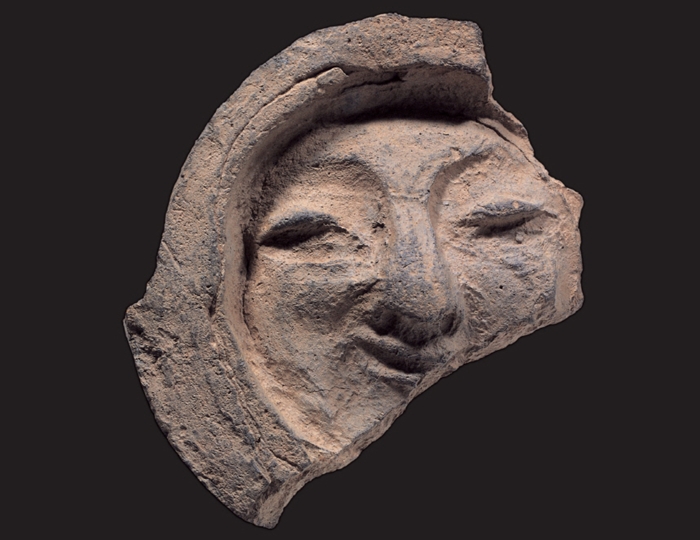
Temple Myth
There are several stories about Heungnyunsa Temple in the Samguk Yusa (Memorabilia of the Three Kingdoms). One story is related to the prime minister, Kim Daeseong (700-774 A.D.). Kim Daeseong, it should be remembered, was the person that founded both Bulguksa Temple and Seokguram Hermitage to honour his parents both in his current and past life. As for the story from the Samguk Yusa relating to Heungnyunsa Temple and Kim Daeseong, here is the passage from the Samguk Yusa:
“In the small village of Moryang-ri on the western outskirts of Gyeongju there lived a poor woman named Gyeongcho who had an odd-looking son. The child was the laughing-stock of the village because of his big head and flat forehead like a wall. The people called him Daeseong (Big Wall).
“His mother [Kim Daeseong’s mother] was too poor to feed him, so she gave the lad to a rich neighbour named Bokan as a farm labourer. Daeseong worked so hard that his master liked him very much and gave him a small rice field to feed his mother and himself.
“About that time Cheomgae, a virtuous monk from Heungnyunsa Temple, visited the house of Bokan and asked for a donation for a great ceremony at the temple. Bokan gave him fifty rolls of cotton cloth. The monk bowed in thanks and said, ‘You are loving and giving. The great Buddha is pleased with your donation that he will give you ten thousand times what you have donated, and bless you with long life and happiness.’
“Daeseong overheard this and ran home and told his mother, ‘Now we are poor, and if we do not give something to the temple we will be poorer. Why not give our little rice field for the ceremony so that we may have a great reward in our afterlives?’ His kind-hearted mother readily consented and the rice field was donated to the temple through Cheomgae.
“A few months later Daeseong died. On the night of his death a voice from heaven heard above the house of Kim Munryang (?-771), the prime minister, saying ‘Daeseong, the good boy of Moryang-ri, will be reborn in your family.’
“In great astonishment, the prime minister sent servants to the village, and they found that Daeseong was indeed dead. Wonderful to relate, in the same hour as the heavenly announcement the prime minister’s wife conceived, and in due course gave birth to a boy. The child kept the fingers of his left hand tightly clenched until seven days after his birth, and when at last he opened them, the characters for Daeseong were seen written in gold on his palm. They gave him his old name again and invited his previous mother to care for him.”
Temple Layout
There are two ways to enter Heungnyunsa Temple. There’s the main entry to the north and there’s a southern entry through the back side streets. Passing through the unpainted southern entryway, you’ll emerge on the newer side of the temple grounds. Straight ahead of you is the hexagonal-shaped bell pavilion. This elevated bell pavilion, or “Jong-ru” in Korean, has a beautiful Brahma bell housed inside it with a twisting Poroe atop of the bronze bell. And if you look up near the roof of the interior of the bell pavilion, you’ll notice a Bicheon (Flying Heavenly Deity) sprinkling some magic dust down towards the Brahma Bell.
Behind this Jong-ru is the Daeung-jeon Hall. The exterior walls of the main hall are adorned with several beautiful murals including the Bodhidharma and Dazu Huike (487-593 A.D.) mural, the martyrdom of Ichadon (501-527 A.D.), and a beautiful flowing image of an all-white Gwanseeum-bosal (The Bodhisattva of the Afterlife). Stepping inside the Daeung-jeon Hall, you’ll find a triad on the main altar centred by Seokgamoni-bul (The Historical Buddha). This statue is joined on either side by images of Bohyeon-bosal (The Bodhisattva of Power) and Munsu-bosal (The Bodhisattva of Wisdom). To the right of the main altar, you’ll find an older mural and statue dedicated to Jijang-bosal (The Bodhisattva of the Afterlife). Also to the right is a large Shinjung Taenghwa (Guardian Mural). And to the left of the main altar, you’ll find a mural dedicated to Chilseong (The Seven Stars), as well as a long mural dedicated to the martyr, Ichadon.
Behind the Daeung-jeon Hall, you’ll find a collection of stone artifacts from the presumed remains of the historic Heungnyunsa-ji Temple Site. Also, you’ll find a collection of three turtle-based Biseok (stele) to the rear of the Daeung-jeon Hall, as well.
To the right of the Daeung-jeon Hall, you’ll find a collection of buildings. These are the visitors centre and the nuns dorms. It’s also in this area, and up a set of uneven stairs, that you’ll find the former site for Heungnyunsa Temple. This is where the temple is believed to be formerly located. It is now occupied by a trail joined on either side by beautiful azaleas.
One of the more interesting features to Heungnyunsa Temple is the uniquely designed memorial in the courtyard in front of the Daeung-jeon Hall. This memorial looks to be a cross between a pagoda and a stupa. There are four separate lions guarding each of the cardinal directions at the base of the pagoda. There are also Bicheon (Flying Heavenly Deities) adorning the base of the pagoda. As for the body of the memorial, there are in fact no stories to this long, slender, black body. Instead, there are Hanja characters written around five of its six hexagonal sides. And on the front side, you see more Hanja characters joined by a relief of the beheading of Ichadon.
How To Get There
To get to Heungnyunsa Temple from the Gyeongju Intercity Bus Terminal, you’ll first need to head towards the Daereungwon Royal Tombs and Beopjansa Temple. Before you make it to either one of these sites, you’ll notice Highway 35 to your right. Turn right down this highway/road for about a kilometre. You’ll then see a sign with “Heungryunsa – 흥륜사” on it. This sign is elevated and brown. Head down the road where this sign is located. Walk for about three hundred metres down a side street between country houses and past a ride paddy. To your left you’ll see another sign that reads “Heungnyunsa – 흥륜사” on it. The southern entry to Heungnyunsa Temple is to your right.
Overall Rating: 5/10
While certainly not as spectacular as some of the other major temples in Gyeongju, both Heungnyunsa Temple and the Heungnyunsa-ji Temple Site have a certain charm all their own. Just the history alone of this temple should be enough to draw you in; but when you add the beautiful artwork surrounding the Daeung-jeon Hall, the painting dedicated to Ichadon inside the Daeung-jeon Hall, the beautiful bell pavilion, and the memorial dedicated to Ichadon in the front courtyard, you should definitely make the time for Heungnyunsa Temple. This temple is perfect for those that want to explore a lesser known attraction in Gyeongju.
